
Cantley Park Interactive Play Space
CANTLEY PARK INTERACTIVE PLAY SPACE CANTLEY PARK INTERACTIVE PLAY SPACE THE BRIEF: The council was committed to creating a new destination play area on site
– James Siegal, CEO Kaboom.
With the new government guidelines of another national lockdown in place, most people in the UK are still spending a lot of their time at home. Open spaces have become increasingly important throughout the pandemic as places whereby people can relax, enjoy the fresh air and play. However, there is strong data that suggests there are big inequalities in the amount and quality of open spaces which people have access to. Allowing people to use these spaces as well as gyms during this next lockdown has been due to the recognised physical and mental benefits exercise and the outdoors has for people.
There is plenty of evidence to show that living in a greener environment can promote good health, help with managing poor health and help in recovering from illnesses. Greener environments are also associated with better mental health and wellbeing, helping to reduce levels of stress, depression, anxiety, and fatigue. It can also help in binding communities together and minimise loneliness. With such impressive positive impacts, it begs the question of how and why is there inequality when it comes to who can access quality green spaces?
“Why is it that just because I am poor, I have to live in an ugly place?”
– Question asked of Derek Antrobus, Salford City Council by a constituent. Natural England Green Infrastructure Month Atrium event, 28 September 2016

shows that there continues to be disparities among groups in both the quality and quantity of green space and differences in the way and frequency that certain groups use greenspace.
We now know that:
– the most economically deprived areas have less available good quality public green space
– people exposed to poor quality environments are more likely to experience poorer health outcomes than people who enjoy good quality environments
– unequal provision of good quality greenspace means those who are at greatest risk of poor physical and mental health may have the least opportunity to reap the health benefits of greenspace
– all demographic groups benefit, but deprived groups appear to gain the most health benefit and socioeconomic inequalities in health are lower in greener communities – providing greener environments for deprived groups could help to reduce health inequalities
– analysis of MENE survey data across multiple years found that infrequent users of greenspace tend to be – people who are female; older; in poor health; of lower socioeconomic status; with a physical disability; ethnic minorities; people living in deprived areas; those with less local access to green space; and people living further from the coast
Urbanisation and population growth combined with the demand for land use and spending budget constraints are all key factors in putting our existing local green spaces under threat, let alone the planning of more. This however does not minimise the growing population’s need for it and despite this, it seems that greenspace is still seen as a liability and a cost rather than an asset.
Some recent valuations in the ‘Improving Access to Green Spaces: A New Review 2020’ have estimated that:
– £2.1 billion per year could be saved in health costs if everyone in England had good access to green space, due to increased physical activity in those spaces
– in Birmingham, the annual net benefit to society of their parks and green space is nearly £600 million, which includes £192 million in health benefits
– in Sheffield, for every £1 spent on maintaining parks, there is a benefit of £34 in health costs saved, with residents being the primary beneficiaries
– in England and Wales, houses and flats within 100 metres of public green space are an average of £2,500 more expensive than they would be if they were more than 500 metres away – an average premium of 1.1% in 2016, suggesting that the public places a value on being near to greenspace
How moving forward can we do the following?
– provide new, good quality greenspace that is inclusive and equitable
– improve, maintain, and protect existing greenspace
– increase green infrastructure within public spaces and promote healthy streets
– improve transport links, pathways, and other means of access to green space, and provide imaginative routes linking areas of green space for active travel
The average park in Great Britain serves just under 2,000 people, although some parks in densely populated areas cater for many more. Around 46,000 people have Clapham Common as their nearest park, more than 20 times the average. The days of a KFC playground must be over as the need for high-quality play spaces is much greater.
Working together moving forward is a must in protecting and creating meaningful open spaces and parks.

CANTLEY PARK INTERACTIVE PLAY SPACE CANTLEY PARK INTERACTIVE PLAY SPACE THE BRIEF: The council was committed to creating a new destination play area on site

Promoting Inclusivity in Public Parks and Outdoor Spaces A Call to our Clients In the realm of outdoor play and recreation, a profound shift in
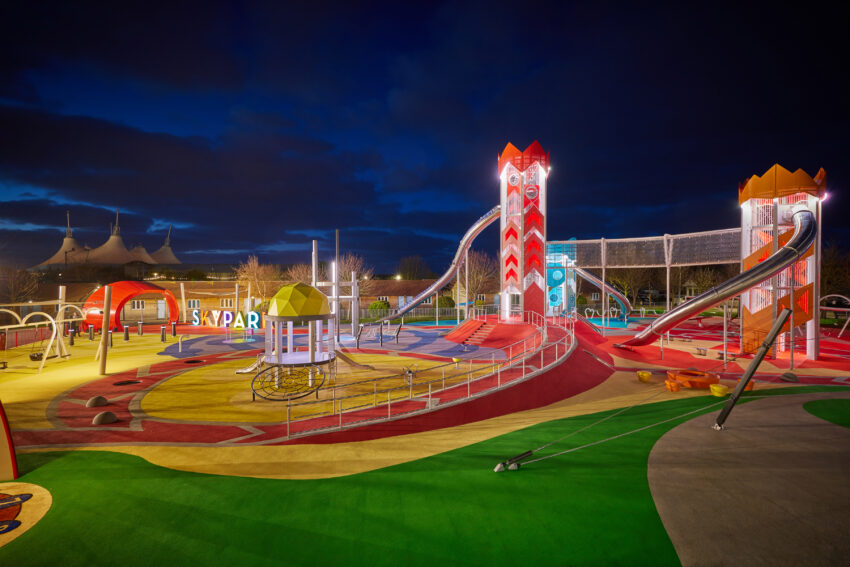
Introducing the UK’s most exciting playground… Jupiter Play & Leisure are delighted to have partnered with renowned holiday destination Butlin’s to design and

It is essential, now more than ever, to stay current on what trends are driving the future of play. Play is integral not only to
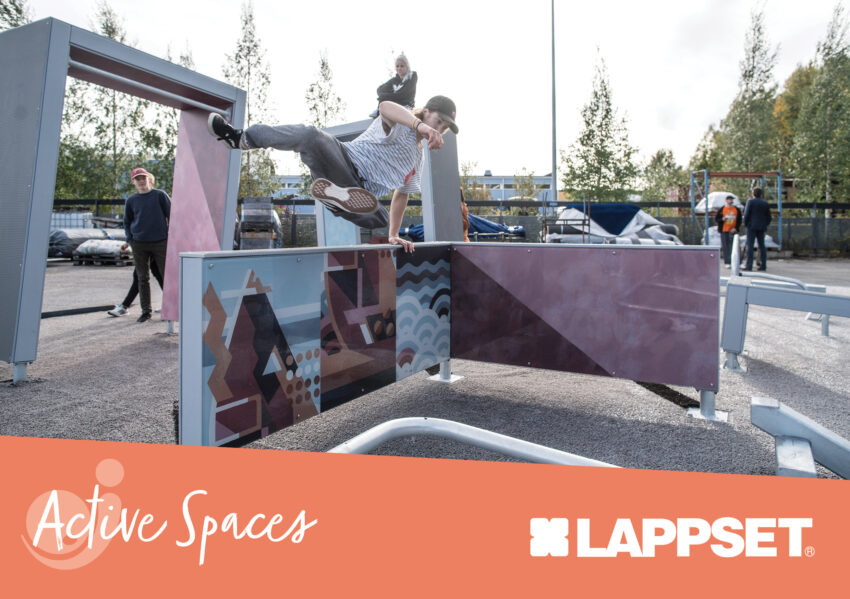
DESIGNING DASH PARKOUR: A HOLISTIC R&D-PROJECT Design is an empathic way of thinking and working, and in our field, designer is the cross-field intermediary who
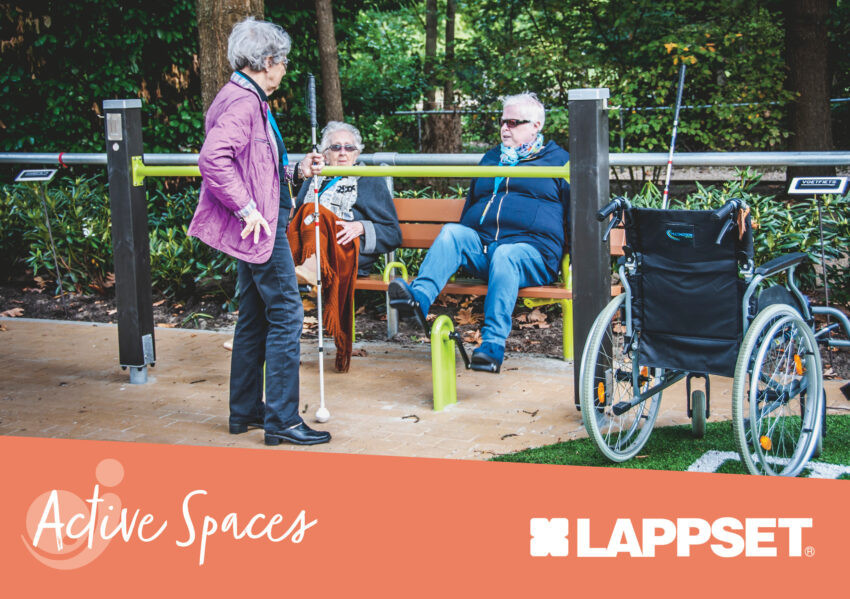
Landscape designer Arja Paula speaks about aspects to consider when designing a Senior park. I prefer the term senior park because it is more of
Nottingham
The Coach House
2 North Road
West Bridgford
NG2 7NH
Edinburgh
9 Ainslie Place
Edinburgh
EH3 6AT
Sign up to our newsletter to keep up to date with all things play and innovation.
Accreditations





The Coach House
2 North Road
West Bridgford
NG2 7NH
9 Ainslie Place
Edinburgh
EH3 6AT
Sign up to our newsletter to keep up to date with all things play and innovation.
The Coach House
2 North Road
West Bridgford
NG2 7NH
9 Ainslie Place
Edinburgh
EH3 6AT
Sign up to our newsletter to keep up to date with all things play and innovation.